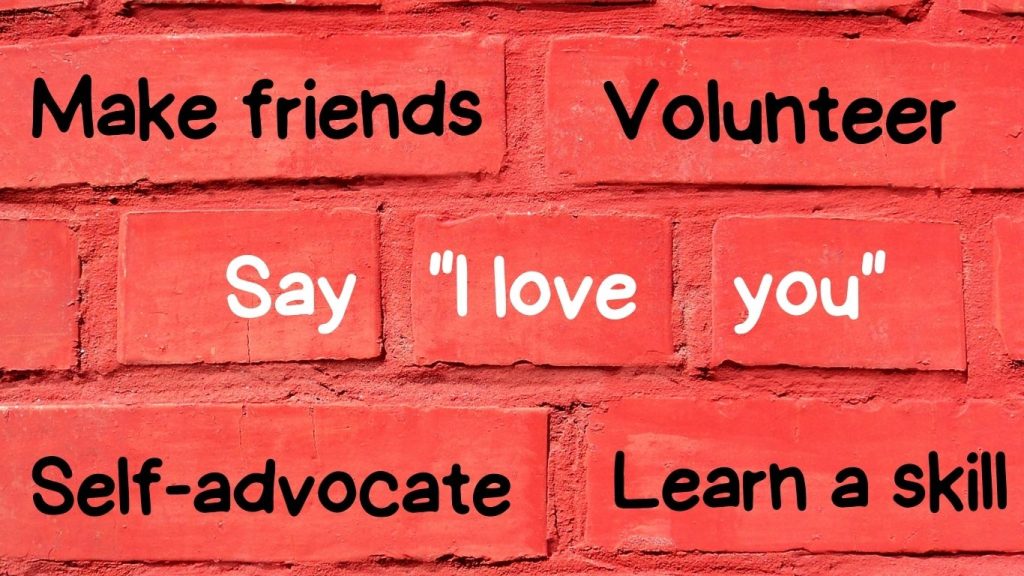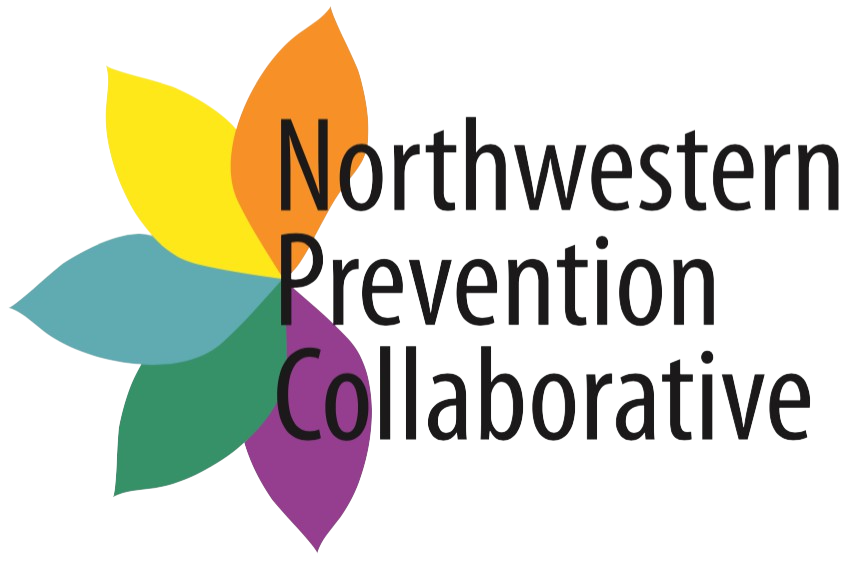This is “Resilience Week Virginia,” a week where we recognize that resilience is the key to overcoming the pain wrought by Adverse Childhood Experiences (ACEs). It is a week in which we recognize that there are ways that we can come together to build resiliency in ourselves, in our children, and in our communities. This is not something that happens overnight. It is not a one-and-done type of solution. It is a day-by-day, conscious way of living. The goal of this article is to give you ways of building resilience at each of the aforementioned levels.
Developing Resilience for Yourself
- Take time for face-to-face, personal relationships. Many of us have become used to the isolation brought on by the pandemic—so used to it, in fact, that returning to “normal” causes anxiety. We have gotten used to loneliness. It seems safer. In actuality, though, that sense of loneliness (you know, the one that won’t go away even in a crowd of people) is our mind’s way of telling us that we need others. It might be hard, it might be anxiety-inducing, but now more than ever, we need to reach out to someone else and go for a walk, or have a cup of coffee or lunch.
- Learning a new skill. Continuing to grow and learn engages our minds. If there is something you always wanted to learn about or do, go for it! As you gain knowledge in a subject area or develop a new skill, you gain confidence. There might be setbacks, but accepting those failures and moving forward is an important part of building resilience. You are teaching yourself that it is okay to fail; the important part is that you try again.
Building Resilience in Your Children
- Teach them to advocate for themselves. As a parent, we often want to swoop in and fix our children’s problems with their friends, with their teachers or coaches, or even other family members. And there are certainly situations where that is needed or appropriate. But sometimes, we need to force ourselves to stand back and just offer advice. Encourage them to talk to the person. Role-play conversations with them beforehand. Help them figure out what needs to be said. But let them handle it.
Another simple way to teach self-advocacy is to let children order their own food whenever you go out. Sometimes we order for our children because we don’t want to hold others up. While it is kind to be that considerate of others, that shouldn’t be a regular practice. Ordering food is a small step in gaining self-confidence and learning to self-advocate. And it is an important one. Be patient as your child works up the courage to voice their order. Practicing this before the waiter returns to take your order (or before you get to the counter) can help speed it up a little.

- Teach them to take ownership of their behavior. It is important that children realize that it’s not their feelings that are wrong, but how they choose to act that can be wrong. When misbehavior occurs, we need to dig into the reason and talk it out with our children. Even very young children can often say what made them mad. You can acknowledge that was wrong of the other person, or that the event could be upsetting, but don’t get caught on a tangent talking about that. Focus on your child’s behavior. Lead the conversation in a way that helps your child realize the truth in the old adage, “Two wrongs don’t make a right.”
(Check out other tips for building resilience in your children in this article.)
Building Resilience in Your Community
Many of us might believe that because “I’m only one person,” our actions in our community cannot make a difference in building resilience community-wide. Nothing can be further from the truth. It is something that could be led from the government or through civic groups, but it takes the efforts of individual people to make it happen. Here are just two ways you can help build resilience:
- Encourage cooperation. Whether you are a volunteer, a leader, or a concerned citizen, you have opportunities to encourage cooperation within your community. That might be through writing letters to local government or media. It could be that when you are engaged in a community activity, you reach out to someone and invite them to be a part of it. Encouraging cooperation might mean introducing two people who can help each other. It might be as simple as being kind to someone else who is of a different race, religion, or sexual orientation. It certainly means not engaging in the attacks and negativity that can often abound on social media pages.
- Get engaged. In the wake of the pandemic, many non-profits are facing volunteer shortages. Joining a local board, volunteering at a food pantry, helping out at an event, becoming a mentor—all require different levels of commitment. Regardless of the time you have available, there is something you can do to help. This actually builds resilience in you and your community. It’s a win-win.
There are many facets to building resilience. These are just a few ways you can incorporate it into your life. It might feel awkward at first. It might be out of your comfort zone. But give it a try. It will get easier as you keep at it. Just like building a muscle, building resilience takes time. The work will pay off, and it will make a difference for you, your family, and your community.




Comments are closed.